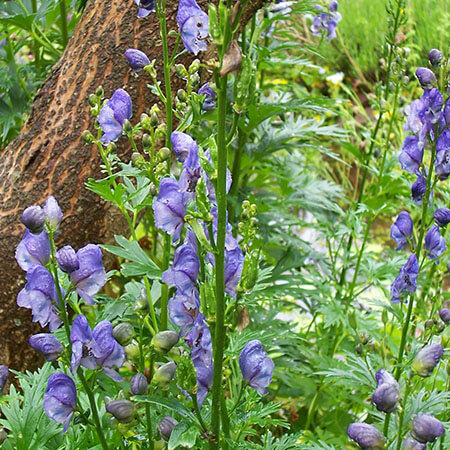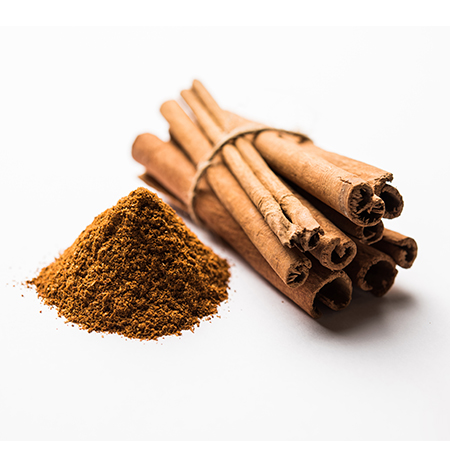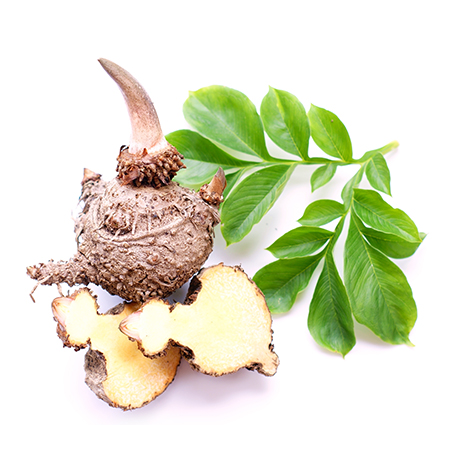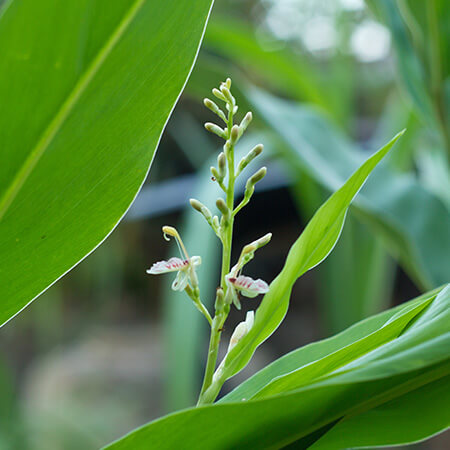-
About Us
button

Dabur India Limited is a leading Indian consumer goods company with interests in Hair Care, Oral Care, Health Care, Skin Care, Home Care and Food & Beverages.
-
Our Brands
button

Dabur presents a range of Herbal & Ayurvedic Personal Care products, created to make you look and feel good. Bringing together the gentle touch of nature and Ayurveda's wisdom .
-
Investors
button

Read our recent and archived releases, quarterly results, annual reports and financial statements. Initiatives Investor Centre.
-
Newsroom
button

Welcome to Dabur Media Centre. In this section, you’ll find our latest Press Releases arranged in a chronological order. The Press Releases have been further
-
Ayurveda & you
button

Our curated Collection of Ayurvedic knowledge for you. We at Dabur are working towards helping people lead a healthy and balanced life.
-
Sustainability
button

Dabur has been engaged in community development activities since 1994 and is committed to making a positive contribution to the communities where we source, live, work and sell our products.
-
Join Us
button

At Dabur, we are very passionate about winning and this has been engrained in DNA of the organization.
-
Support
button
- Home > Ayurveda & you > Ayurveda & Science > Ayurvedic & Medicinal Plants
Ayurveda and Science
Amla/आंवला/Emblica officinalis/Indian Gooseberry/Amlaki
AYURVEDIC & MEDICINAL PLANTS

Amla Benefits & Medicinal Uses
Indian Gooseberry has been given a prominent place in Ayurveda. In ancient India it was believed that Ambrosia (heavenly nectar) contained all rasas thereby, it could impart immortality. In that sense Amlaki and Hareetaki stand next by exhibiting five rasas. Therefore, Gooseberry is considered a "Rasayana" bestowed with anti-aging effects. Enthusiastic investigations on Amla substantiate almost all of its acclaimed properties. It has been identified to be a potent antioxidant, immunomodulatory, antistress etc. Apart from its medicinal use. It also finds an important place in traditional hair and skin care formulations. Its cytoprotective role has been investigated in detail. For Ayurveda Amlaki is considered to be a nature"s boon.
There are numerous Amla benefits and uses as follows:
- Improves Immunity
Amla benefits include antibacterial & astringent properties which help improve the body's immunity system. Indian Gooseberry also increases white blood cells which help flush out the toxins from the body.
- Hair Care
Amla is used in a lot of shampoos and conditioners owing to its rich antioxidant & iron content. Indian Gooseberry contains high levels of Vitamin C which helps reduce hair fall. It also strengthens the roots & maintains hair color. Antibacterial properties of Amla helps fight dandruff.
- Reduces Stress
Amla is a great stress reliever which helps induce sleep and relieve headaches.
- Eye Care
Amla is rich in carotene content which is well known for its powerful effect on vision-related conditions. Formulation made of Indian Gooseberry and Honey helps to improve eyesight, near-sightedness, and cataracts.
- Respiratory Health
Amla proves beneficial against respiratory disorders. It helps to reduce cough, tuberculosis, throat infections and flu.
- Treats Anemia
Amla is a rich source of iron, deficiency of which causes anemia.
- Blood Purifier
Amla acts as an active blood purifier when consumed with honey.
- Diuretic
Amla is also diuretic in nature. It means that Indian Gooseberry helps increase the volume and frequency of urination which improves the elimination of toxins from the body. Know more on detoxification .
- Improve Digestion
Amla is rich in dietary fiber which helps improve the overall digestion process.
- Absorbs Calcium
Amla benefits also include absorbing calcium which is an essential element for teeth, bones & hair.
- Anti-aging
Amla reduces the number of free radicals in the body through its antioxidant properties. It helps reduce wrinkles, dark circles and other signs of aging. It also protects the body from radiation.
- Improves Mental Functions
Daily consumption of Amla helps improves nerve health facilitating proper blood flow. It helps to prevent diseases like dementia and Alzheimer’s. Indian Gooseberry also helps improve concentration power and memory skills.
- Weight Management
Amla is known to boost metabolism which helps reduce body fat. It is recommended to add Amla in one's daily diet.
- Skin Care
Amla helps flush out the harmful toxins from the body reducing skin blemishes. The astringent properties of Indian Gososeberry help tighten the pores, giving you clear and healthy skin.
Chemical Composition
The fruit juice is reported to contain nearly 20 times as much vitamin C as orange juice. Every 100 gm edible fruit provides 470-680 mg of Vitamin C. Fruit contains moisture, protein, fat, minerals, fibers and carbohydrate. Its mineral and vitamin contents include calcium, Phosphorous, iron, carotene, carbohydrate, thiamine, riboflavin besides vitamin C.
A recent study on Amla attributes its strong antioxidant properties to its small molecular weight tannoid complexes.
Pacifies tridoshas.
Read more about various ailments, it's causes, symptoms, ayurvedic treatments, etc.
Know the story behind other medicinal Ayurvedic ingredients

Atees

Bhojpatra Plant

Dalchini Plant

Jimikand Plant





